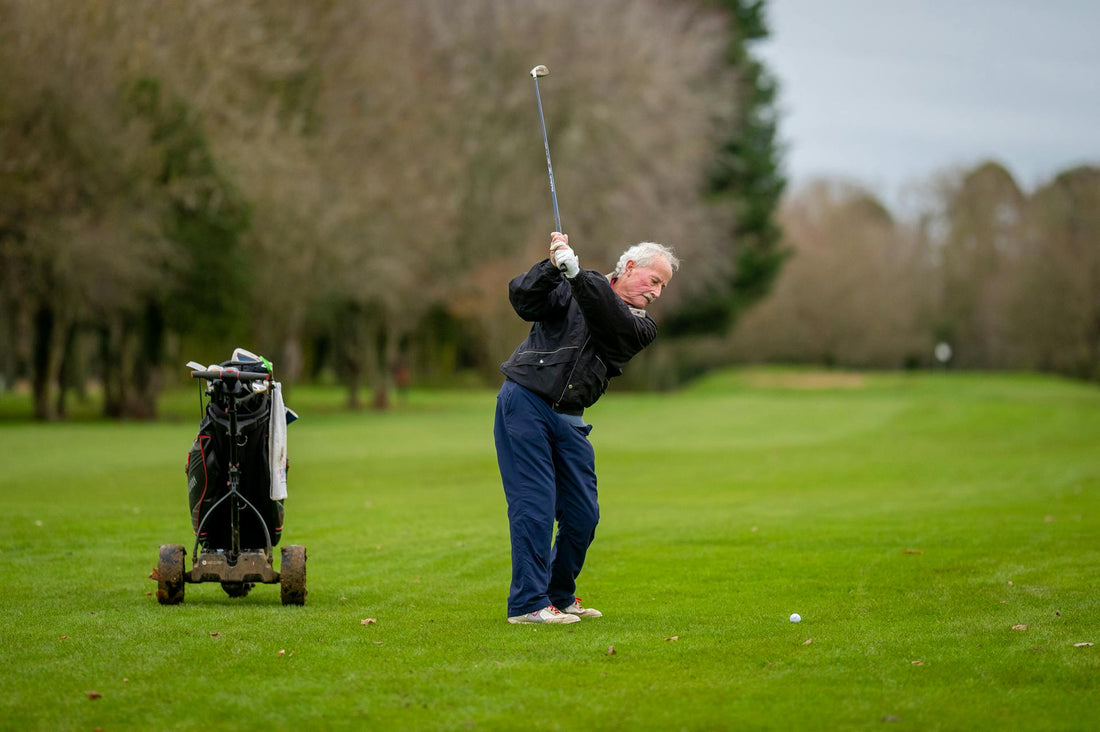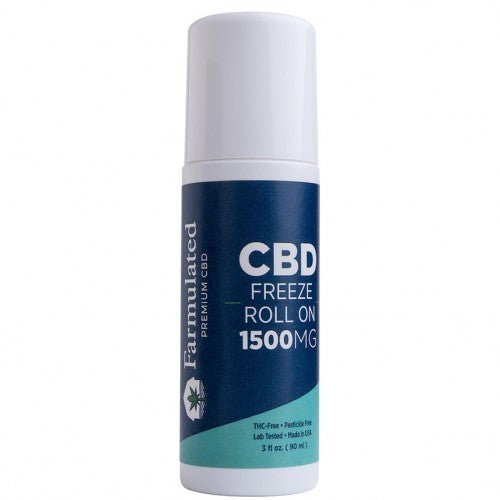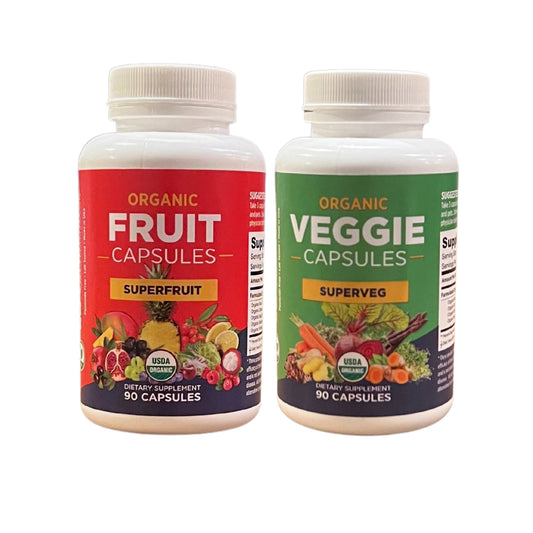This comprehensive guide addresses the common issue of wrist pain among golfers. We explore the primary causes, provide effective relief techniques, outline essential exercises, and share practical tips for prevention to keep your swing pain-free and powerful.
Understanding Golf Wrist Pain
Wrist pain in golf is often caused by repetitive strain or improper technique. Understanding the anatomy of the wrist and how it relates to golfing motions can help in identifying as well as preventing injuries. For those exploring treatment options, consider checking our CBD Freeze Roll-On Gel for additional topical relief options.
What Exactly Causes Wrist Pain in Golf?
The wrist is a complex joint that is prone to injury during the swinging of a golf club. Repetitive stress injuries commonly arise from improper form, overuse, or sudden changes in activity levels. Understanding these motions is crucial for prevention. Those interested in further products to enhance joint health may explore our CBD Oils collection.
Common Types of Wrist Injuries in Golfers
Golfers can experience various wrist injuries such as tendonitis, which is characterized by pain and inflammation in the tendon; wrist sprains or strains from awkward movements; Triangular Fibrocartilage Complex (TFCC) injuries, which affect the cartilage between the ulna and wrist; and carpal tunnel syndrome due to repetitive wrist movement. Additional options for managing inflammation can be found in our Topical CBD collection.
Identifying Symptoms Early
Early identification of symptoms can help in preventing long-term issues associated with wrist pain.
Recognizing the Signs of Golf-Related Wrist Pain
Acute pain may present suddenly during play, while chronic pain develops gradually. Golfers should be aware of specific pain points, stiffness, swelling, or limited mobility in their wrists as signs that indicate the need for further assessment.
Self-Assessment Techniques for Wrist Health
Simple self-assessment techniques, such as wrist flexion and extension movements, can help identify issues. If pain persists, seeking professional medical advice is necessary to ensure a proper diagnosis.
Immediate Relief Techniques for Wrist Pain
Finding immediate relief can be essential in managing golf wrist pain effectively.
The R.I.C.E Method (Rest, Ice, Compression, Elevation)
The R.I.C.E method stands for Rest, Ice, Compression, and Elevation. This approach is beneficial for recuperation after experiencing wrist pain due to golfing.
Topical Remedies and Over-the-Counter Treatments
Topical pain relief creams and gels, together with anti-inflammatory medications, can provide quick relief to golfers suffering from wrist pain.
Practical Exercises and Stretches to Alleviate Wrist Pain
Engaging in exercises and stretches specifically designed for the wrists can aid in recovery and prevent further pain.
Wrist Flexibility Exercises
Wrist circles, flexion, and extension stretches are recommended to enhance flexibility. Step-by-step guidelines with illustrations can improve understanding and adherence to these exercises.
Strengthening Exercises to Prevent Future Pain
Incorporating wrist curls, reverse wrist curls, and the use of resistance bands can help build strength. Links to authoritative demonstration videos can assist golfers in performing these exercises correctly.
Warm-Up Routines for Golfers
Engaging in a proper warm-up is critical to prevent injuries. Pre-round wrist stretches and routines should be part of every golfer's preparation.
Proper Golf Techniques to Reduce Wrist Pain
Using correct golfing techniques significantly decreases the likelihood of wrist injuries.
Grip and Swing Mechanics
Improper grip and swing mechanics can be major contributing factors to wrist pain. Tips on achieving a proper grip with professional guidance can enhance performance and minimize injuries.
Choosing Appropriate Equipment
Using the right equipment, including club grip size and flexibility, is vital. Proper fitting can help in the prevention of wrist pain during play.
How to Prevent Golf Wrist Pain in the Long-term
Implementing long-term strategies can safeguard against developing wrist pain.
Improving Strength and Conditioning
Overall fitness training, such as yoga, Pilates, and resistance training, can enhance strength and conditioning. This focus helps golfers maintain healthy wrists.
Recovery and Rest Days
Proper frequency of play alongside adequate rest days is fundamental to recovery. Balancing activity with rest can prevent chronic pain.
Ergonomic Considerations for Daily Activities
Attention to ergonomics in daily activities can keep golfers' wrists healthy. Simple tips can go a long way in injury prevention.
Professional Treatments and When to Seek Help
Understanding when to seek professional help is important for serious injuries.
Options Available for Severe Cases of Wrist Pain
For severe cases, treatments such as physical therapy, occupational therapy, or medical interventions, including injections or braces, may be required.
Choosing a Specialist
Seeking the right professional, such as orthopedic doctors or sports therapists, can provide specialized care tailored to golf injuries.
Expert Advice and Stories from Golfers Who’ve Overcome Wrist Pain
Learning from others who have experienced similar challenges can provide useful insights.
Real-Life Case Studies and Testimonials
Interviews with individuals who have successfully managed their wrist pain can offer relatable experiences and practical advice.
Expert Tips and Recommendations from Golf Coaches
Professional coaches can share their recommendations to help golfers avoid wrist pain during the season.
Conclusion
Understanding, treating, and preventing wrist pain is crucial for an enjoyable golfing experience. Implementing appropriate techniques, exercises, and postures can be beneficial.
For further engagement, a downloadable wrist health checklist is recommended, along with consultation from a sports medicine professional or golf fitness specialist as the next step.





